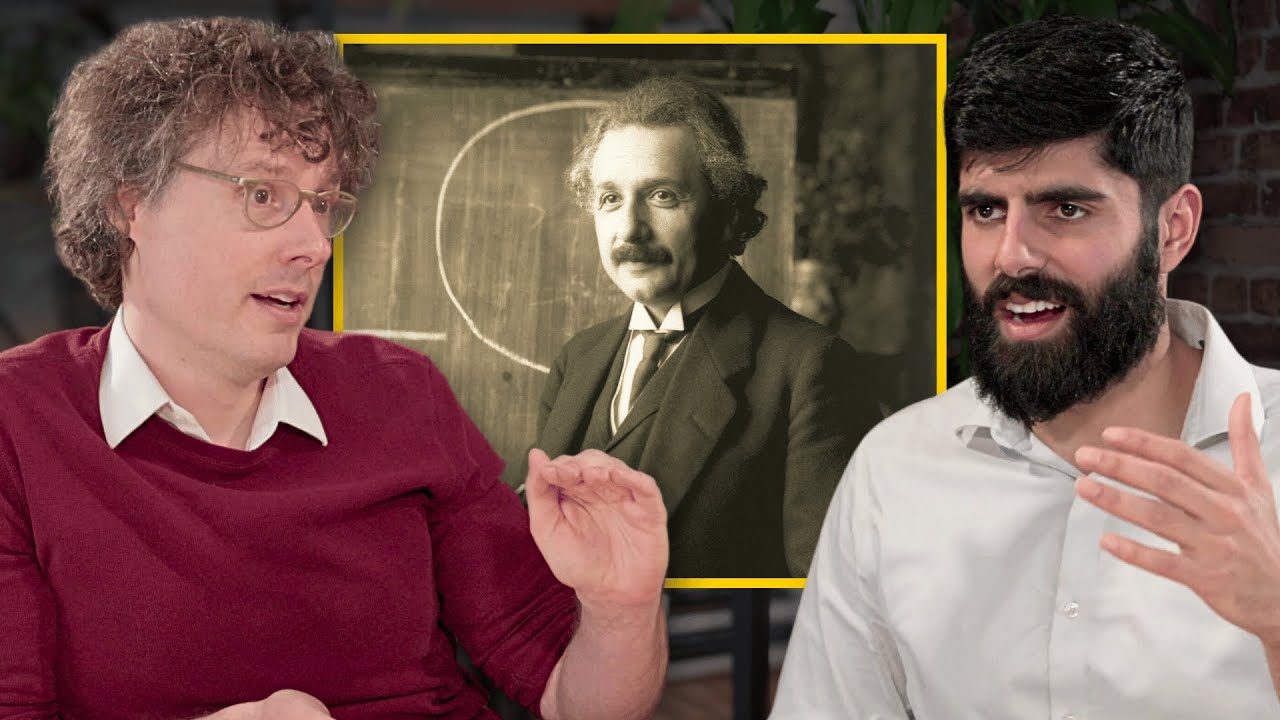In “How Far Are We From An AI Einstein?” Adam Brown discusses the potential of large language models (LLMs) to achieve breakthroughs in physics similar to those of Einstein, emphasizing their rapid progress and ability to process complex concepts. He reflects on the differences between human and artificial intelligence, noting that while LLMs have improved significantly in tasks like solving graduate-level physics problems, they still face challenges in translating knowledge into groundbreaking discoveries.
In the video “How Far Are We From An AI Einstein?” by Adam Brown, the discussion revolves around the potential of large language models (LLMs) to achieve breakthroughs in physics akin to those made by historical figures like Einstein. Brown suggests that the ultimate test for these AI systems would be their ability to derive general relativity from the laws of physics as understood in the early 20th century. He emphasizes the rapid progress in AI compared to the slow advancements typically seen in physics, noting that LLMs are essentially sophisticated interpolators that operate at increasingly higher levels of abstraction.
Brown reflects on the nature of intelligence, both human and artificial, and how LLMs might eventually reach a point where they can replicate significant intellectual achievements. He acknowledges that while there are differences between human intelligence and LLM capabilities, at a certain level of abstraction, their processes may be comparable. The conversation also touches on whether AI physicists might have advantages over humans due to their ability to process complex mathematical concepts and high-dimensional spaces more efficiently.
The discussion further explores the idea that LLMs, despite their vast knowledge, may not yet be capable of making groundbreaking discoveries. Brown compares their capabilities to those of chess programs, which can evaluate numerous positions but may lack the intuitive understanding that human players possess. He raises the question of whether LLMs can translate their extensive knowledge into new insights, suggesting that their strengths and weaknesses differ from those of humans.
Brown shares his experiences testing LLMs with graduate-level physics exams, noting a significant improvement in their performance over the past few years. Initially, LLMs struggled with basic physics problems, but they have since advanced to a level where they can ace exams in general relativity. This progress highlights the rapid development of AI capabilities and raises questions about the future of evaluating their performance in complex subjects.
In conclusion, the video presents a thought-provoking exploration of the potential for AI to reach human-like intelligence in fields such as physics. While LLMs have made remarkable strides, the conversation underscores the complexities of intelligence and the challenges that remain in translating knowledge into innovative discoveries. Brown’s insights suggest that as AI continues to evolve, it may one day approach the intellectual heights achieved by great thinkers like Einstein, but significant differences in understanding and creativity may persist.
